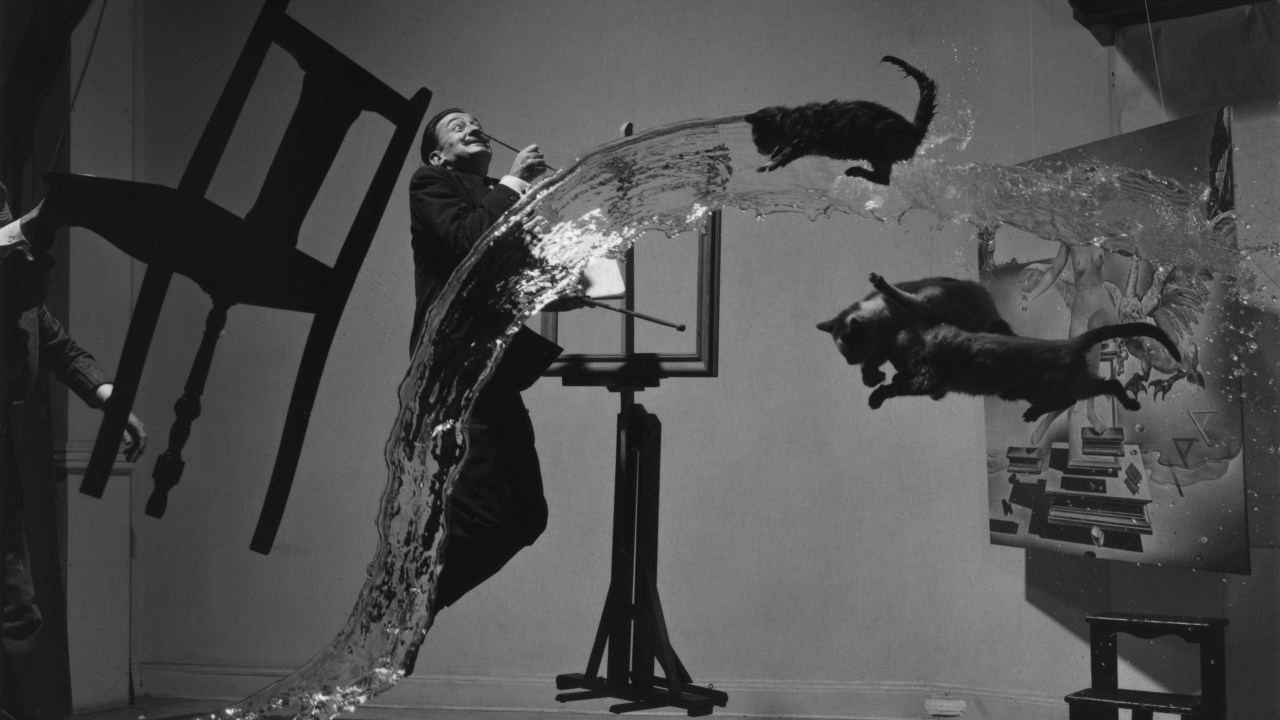
What if you could speak with the dead? More to the point, what if they could talk back?
I just read about a project at the Dali Museum in St. Petersburg, Florida, that uses “deepfake” technology to create a digital version of Salvador Dali that does just that.
Deepfake uses artificial intelligence algorithms trained on audio and video recordings of real people to generate convincing facsimiles. Most notoriously, deepfake tech is used to generate porn featuring celebrities. (Because every new technology goes dark, usually sooner than later.) Happily, there are potentially positive applications for deepfakes as well.
In the case of Dali Lives, the museum used archival footage of the artist to create a life size, AI-powered avatar who interacts with visitors. Check it out:
I’ve written before about how AI tech can help bring historic figures to life. (See this post about the AI chatbot James Vlahos created to give his father a measure of immortality.) When I was researching deepfakes for the chapter about Truth, Trust, and Fake News in TrendsWatch 2019, I looked, unsuccessfully, for examples of museums using this technology. I knew it was only a matter of time…
Your Futurist Friday assignment: watch deepfake Dali in action, and think about this: Will it become commonplace for museum to feature AI-powered simulations of real historical figures? What do you think about the promise, and pitfalls, of this approach?








Wonderful – lose the bubbly music soundtrack completely and you’ll have something worth watching.